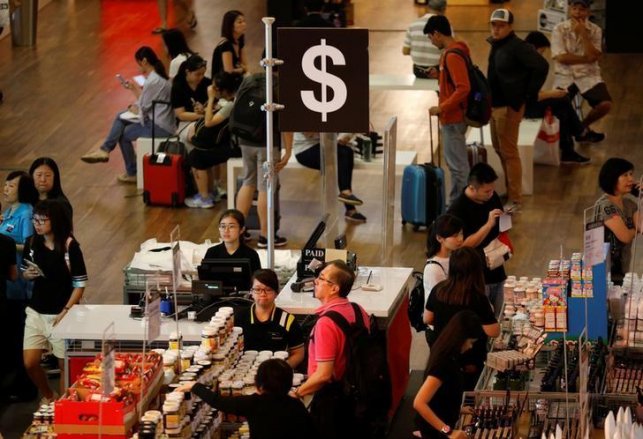
Goods and services tax (GST), a tax on domestic consumption, is not new to the world as nearly 160 countries as on 2016, have opted this mode for bringing individually tax rates into a single tax.
In most countries, value added tax (VAT) is taken as a substitute for GST.
In comparison with emerging market economics (EMEs), Singapore has second lowest rate of GST at 7 percent - with major commodities falling under this rate. Malaysia has the lowest GST rate at 6 percent.
Singapore introduced the GST bill in April 1994 at a tax rate of 3 percent to make it acceptable to the public and to minimize inflation. The government committed not to raise tax for next 5 years, which came in as a important decision in reviving consumer spending.
Also, Singapore introduced a compensation scheme under the GST which provided support to the needy and underprivileged.
However, in initial stage of GST, the country faced uptick in inflation to 3.1 percent in 1994 from 2.3 percent in 1993. But after that it moderated below 2 percent between 1995 – 1996.
It went up to 4 percent in 2003, then to 5 percent in 2004, and finally to 7 percent. Singapore's GST rate has remained at 7 percent since 2007.
Singapore's GST now accounts for almost one-quarter of the city's tax collection. It has proved a remarkably stable source of revenue, even during sharp downturns.
For the 2017 financial year, GST collections are estimated at S$11.25 billion, about 16 percent of the Government's estimated operating revenue of S$69.45 billion.
Noting that Singapore's GST is among the lowest regionally and has stayed unchanged for a decade, the experts suggested that a hike could happen within five years, and the rate could rise to as much as 10 percent.
Although any increase would be unpopular, there are several reasons Prime Minister Lee Hsien Loong may want to bump up the levy.
Combine a median age of 40 with a low fertility rate, and aging is a serious challenge. At 65, Singaporeans have 19 to 22 years of life expectancy. Retaining people longer in the workforce to keep social-security costs well-funded is one option, but it has limits, BloommbergGadfly columnist Andy Mukherjee wrote on November 20.









